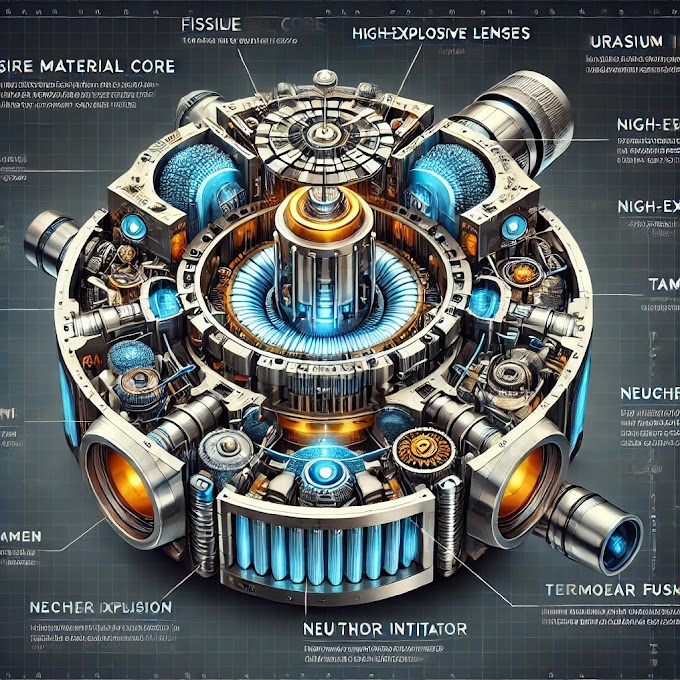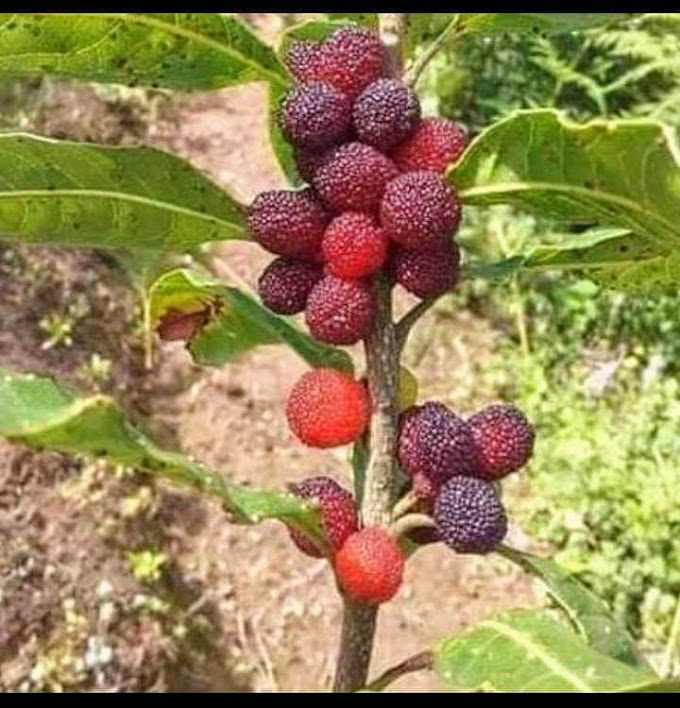 |
| How alcohol made of |
Alcohol, specifically ethanol (the type found in alcoholic beverages), is produced through a process called fermentation. This natural process involves the conversion of sugars into alcohol and carbon dioxide by yeast or bacteria. Here’s how alcohol is typically made:
1. Raw Materials
Alcohol production begins with sugar-containing or starchy raw materials, such as:
- Fruits (e.g., grapes, apples, berries) for wine or cider.
- Grains (e.g., barley, corn, wheat) for beer or whiskey.
- Sugarcane or Molasses for rum.
- Potatoes or grains for vodka.
2. Fermentation Process
- Step 1: Preparation:
- Starchy materials (like grains or potatoes) are mashed and heated to break down starches into fermentable sugars (a process called saccharification). Enzymes or malts may be added for this purpose.
- Step 2: Adding Yeast:
- Yeast is introduced to the sugar-rich mixture. Yeast consumes the sugars and converts them into ethanol (alcohol) and carbon dioxide (CO₂) as byproducts.
- Step 3: Fermentation Time:
- Fermentation usually takes a few days to weeks, depending on the product being made (e.g., beer, wine, spirits).
3. Distillation (for Spirits)
- For stronger alcoholic beverages like vodka, whiskey, or rum, the fermented liquid undergoes distillation.
- Distillation separates ethanol from water and other impurities by heating the liquid. Ethanol, which has a lower boiling point than water, evaporates first and is collected.
4. Aging and Flavoring (Optional)
- Some alcoholic beverages, like whiskey or wine, are aged in barrels to develop unique flavors.
- Additional flavoring (e.g., fruits, spices, herbs) may also be added.
5. Packaging
- The final product is filtered, bottled, and sealed for distribution.
This process, while relatively simple, varies depending on the type of alcohol being produced and the desired characteristics of the beverage.



.jpg)
















Follow Us